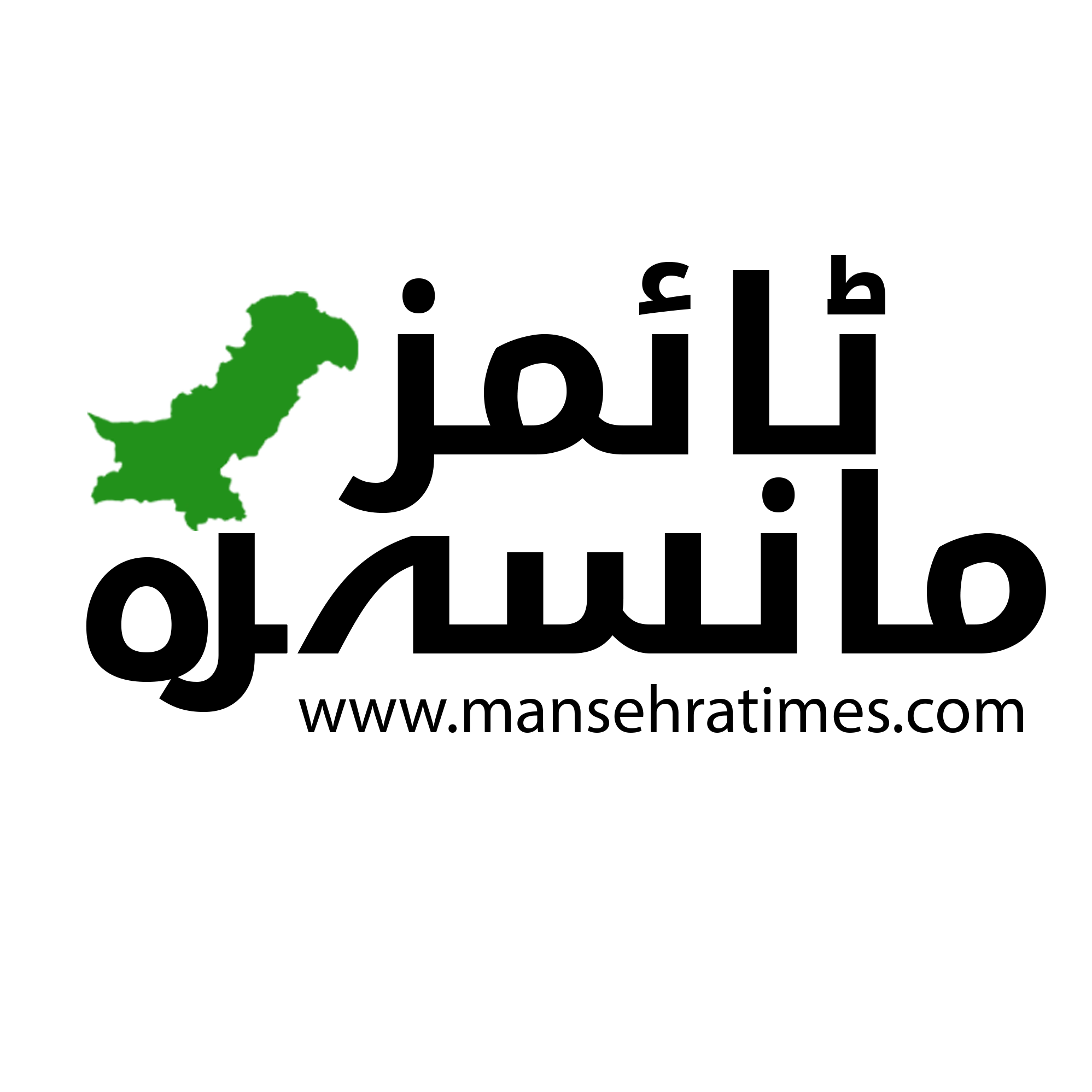NASA’s Mars helicopter mission is now nicely and actually over, however following in its footsteps is an much more advanced flying machine that’s heading for Saturn’s largest moon.
The area company on Tuesday gave the inexperienced mild to the Dragonfly drone mission to Titan. The announcement means the design of the eight-rotor plane can now transfer towards completion, adopted by development and a testing regime to verify the operability of the machine and its science devices.
“Dragonfly is a spectacular science mission with broad neighborhood curiosity, and we’re excited to take the following steps,” mentioned Nicky Fox, affiliate administrator of NASA’s Science Mission Directorate. “Exploring Titan will push the boundaries of what we are able to do with rotorcraft exterior of Earth.”
Titan’s dense, calm ambiance and low gravity make it extremely appropriate for rotorcraft like Dragonfly, which would be the measurement of a small automotive when constructed. “In underneath an hour, Dragonfly will cowl tens of miles or kilometers, farther than any planetary rover has traveled,” NASA mentioned. “With one hop per full Titan day (16 Earth days), the rotorcraft will journey from its preliminary touchdown web site to cowl areas a number of hundred kilometers away throughout the deliberate two-year mission.”
It added that regardless of its distinctive potential to fly, the machine would spend most of its time on Titan’s floor conducting science measurements, with gathered information beamed again to scientists on Earth.
If preparations proceed as deliberate, Dragonfly will launch atop a rocket in 2028 and arrive on the organic-rich Titan moon in 2034. As soon as deployed, it’ll fly between dozens of scientifically attention-grabbing areas in a seek for proof of prebiotic chemical processes widespread on Titan and likewise on the early Earth earlier than life developed. Scientists are due to this fact hoping that the mission might help them to be taught extra about how life began on our planet, amongst different targets.
Editors’ Suggestions
